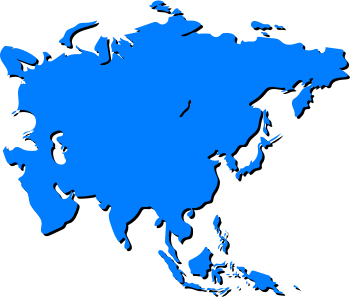Every month, 100,000 readers use the Dinosaur Database, but we receive no support from you. Developing and updating the database requires a lot of work. If you want it to remain open and be updated, please support us via the "Buy us a coffee" button available on every page or via the Support page.
Dinosaur: Lishulong wangi

| Length*: | 10.9 m | 35.8 ft |
| Weight*: | 2.9 t | 6,393 lb |
*The largest known specimen
Period
Epoch: Early Jurassic
Stage: Sinemurian–Toarcian
Years: 182.7–174.7 Ma
Details
Status: valid
Author: Zhang et al.
Year: 2024
Distribution
Area: Asia
Country: China
Region: Yunnan Province
Formation: Lufeng
Description
Lishulong wangi
Lishulong wangi is non-sauropodan sauropodomorph dinosaur from the Lower Jurassic Lufeng Formation, specifically the Shawan Member, in Yunnan Province, China. This early-diverging sauropodiform represents a critical transitional form between basal sauropodomorphs and more advanced sauropods. The genus name, Lishulong, is derived from “Lishu,” the chestnut tree that characterizes the discovery area, and “long,” meaning dragon in Chinese. The species name honors Mr. Zheng-Ju Wang for his contributions to paleontology.
Physical Characteristics
Lishulong wangi is known from a partial skeleton, including the skull and nine cervical vertebrae. The skull measures approximately 40 cm (16 inches) in length, making it the largest cranial material recovered from the Lufeng Formation. It exhibits unique features, such as an elongated nasal process and a crescent-shaped supraoccipital bone, distinguishing it from other early sauropodomorphs.
The cervical vertebrae are elongated, indicating a proportionally long neck, a trait common in sauropodomorphs. The vertebrae display amphicoelous centra, with ventral keels and low neural spines, suggesting adaptations for flexibility and support. The dentition consists of slender, apicobasally elongated teeth with serrated edges, suited for herbivory.
Lishulong likely measured around 11 meters (36 feet) in length, with an estimated weight of 2.9 tons.
Diet and Feeding Habits
Lishulong wangi was a herbivore, consuming ferns, cycads, and other early Jurassic vegetation. Its elongated neck and robust dentition suggest it fed on both ground-level and mid-height vegetation. The tooth morphology, with fine serrations, implies it may have stripped leaves and processed plant matter without extensive chewing.
Habitat and Distribution
This dinosaur lived in a warm, humid environment within what is now the Lufeng Dinosaur National Geopark in Yunnan, China. The Shawan Member of the Lufeng Formation is rich in diverse fauna, including theropods, ornithischians, and other sauropodomorphs, indicative of a well-balanced ecosystem. Seasonal floodplains and river systems likely provided abundant resources.
Behavior and Social Structure
As a large-bodied herbivore, Lishulong wangi may have moved in small groups for protection and efficient foraging. The robust cervical vertebrae suggest a degree of social or defensive behavior, such as neck posturing, though direct evidence of social interactions remains speculative.
Discovery and Research
The holotype specimen (LFGT-ZLJ0011) was unearthed near Jiudu Village in Konglongshan Town, Yunnan Province, and formally described in 2024. The partial skeleton was prepared and analyzed using comparative anatomical techniques. Phylogenetic studies place Lishulong as a sister taxon to Yunnanosaurus, contributing to our understanding of sauropodiform evolution and diversity during the Early Jurassic.
Significance and Interesting Facts
Lishulong wangi highlights the evolutionary transition between basal sauropodomorphs and sauropods, showcasing traits like an elongated neck and robust cranial structures. Its discovery adds to the growing diversity of early sauropodomorphs from the Lufeng Formation, emphasizing the importance of southwestern China as a hotspot for early Jurassic dinosaur evolution.
Locations
Sources
Material: Skull and 9 cervical vertebrae
References: Zhang, Q.-N., Jia, L., Wang, T., et al. (2024). "The largest sauropodomorph skull from the Lower Jurassic Lufeng Formation of China."



